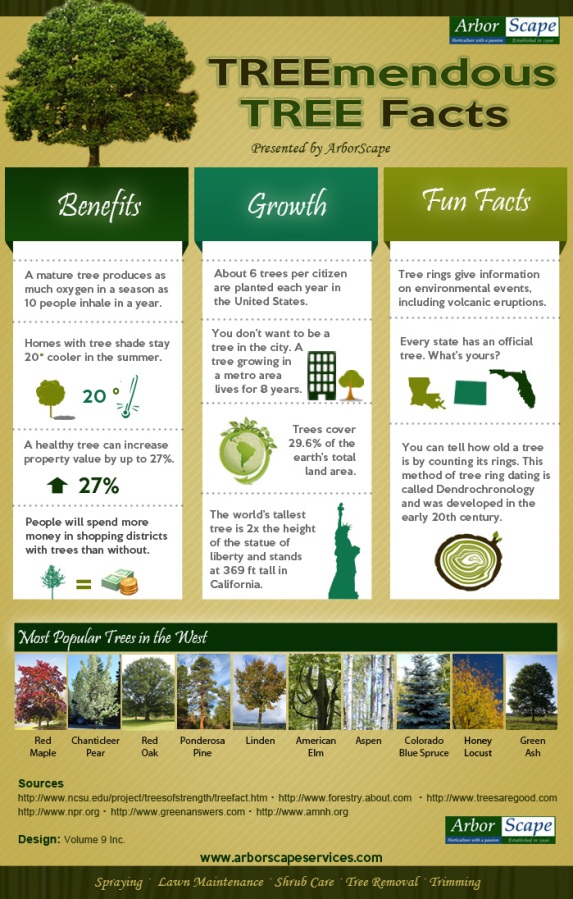Seasonal Tree Stewardship: Techniques For Properly Taking Care Of Trees Prior To And After They Are Removed
Seasonal Tree Stewardship: Techniques For Properly Taking Care Of Trees Prior To And After They Are Removed
Blog Article
Web Content Author-
When it comes to seasonal tree treatment, ensuring correct monitoring before and after removal can dramatically impact the wellness and visual appeals of your landscape. By recognizing the essential steps involved in evaluating tree wellness and getting ready for removal, you can proactively protect your building. But what concerning the critical techniques to follow as soon as the tree is gone? Stay tuned to find the crucial post-removal treatment steps that will help you grow a thriving and lasting atmosphere for your trees.
Pre-Removal Tree Care
Prior to dealing with the removal of a tree, it's vital to focus on pre-removal tree treatment. Begin by evaluating the tree's wellness and architectural integrity. Try to find signs of illness, pest infestations, or any structural problems that might position a safety and security threat during elimination. It's vital to talk to a qualified arborist to identify the most effective course of action.
Pruning tree planting service near me or diseased branches can stop additional damage to the tree and make sure a smoother removal process.
Additionally, take into consideration the ecological influence of eliminating the tree. Trees play a vital function in our community, so planting a new tree in an appropriate location can help offset any loss. Guarantee that you have the required authorizations and consents for tree removal, specifically if the tree is safeguarded by neighborhood laws.
Seasonal Maintenance Tips
Examining your tree's demands throughout the year is imperative for its wellness and longevity. To keep your trees in leading condition, comply with these seasonal upkeep ideas.
In spring, focus on trimming to eliminate dead or broken branches and motivate new growth.
Summer season calls for regular watering, specifically throughout dry spells, to guarantee your tree stays hydrated.
As fall methods, watch out for very early indications of condition or anxiety, and consider applying compost to protect the origins throughout winter.
In winter months, beware when eliminating snow from branches to avoid breakage, and continue to check your tree's general wellness.
Remember to readjust your treatment regular based upon the particular requirements of your tree species and regional environment. By staying mindful and positive throughout the periods, you can aid your trees grow and grow for many years to come.
Post-Removal Tree Care
To guarantee the health and wellness of your landscape also after tree removal, appropriate post-removal treatment is vital. After a tree is gotten rid of, it's vital to fill the staying hole with topsoil and portable it to prevent settling. This will help maintain the integrity of the ground and prevent potential threats in the future.
Take into consideration planting brand-new plant life in place of the removed tree to bring back the equilibrium and visual appeals of your landscape. Consistently water the area to promote the growth of brand-new plants and prevent dirt disintegration.
Evaluate the bordering trees for any signs of condition or stress and anxiety that might have been brought on by the gotten rid of tree. Keep skillable reviews out for parasites that might've been drawn in to the previous tree and take preventive measures to secure the remaining plant life.
If necessary, consult with a specialist arborist to analyze the influence of the elimination on the bordering trees and identify any type of added care needed. By following these post-removal treatment steps, you can make sure the ongoing health and wellness and beauty of your landscape.
Final thought
To conclude, positive seasonal tree treatment is crucial for keeping the health and balance of your landscape. By examining tree wellness, trimming, and consulting with an arborist before removal, you can guarantee a safe procedure. After removal, filling the hole, growing brand-new vegetation, and regular watering will advertise new growth and protect against erosion. Bear in mind to inspect surrounding trees for disease and seek more care procedures from an arborist to maintain your landscape thriving.
